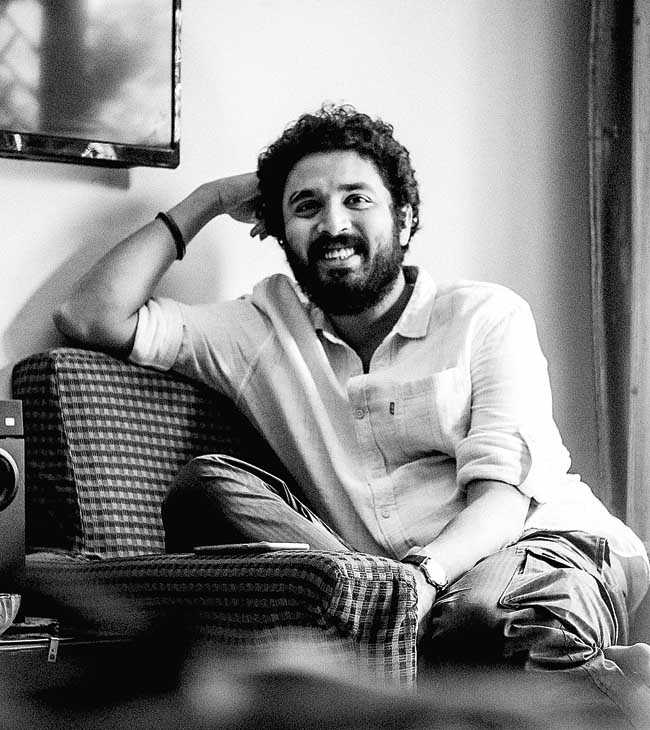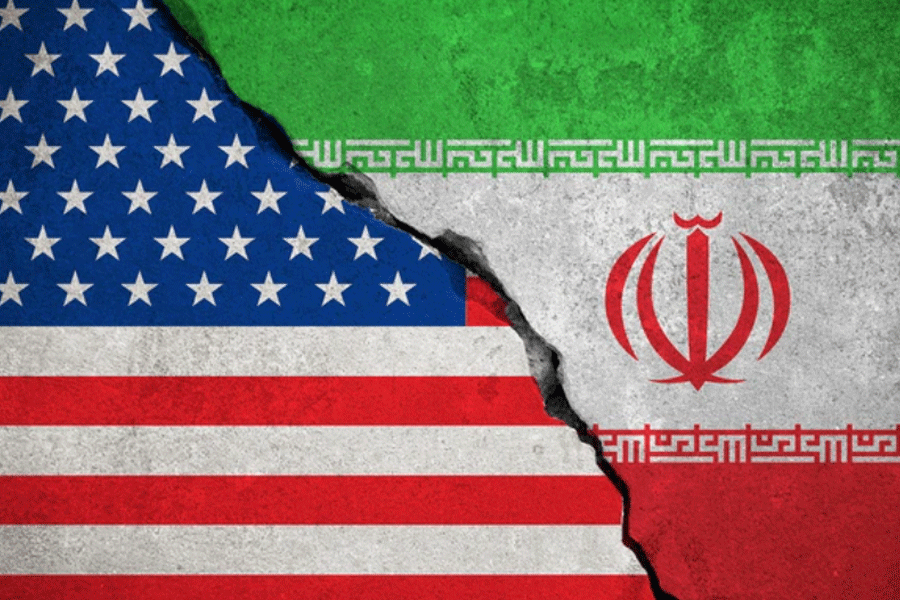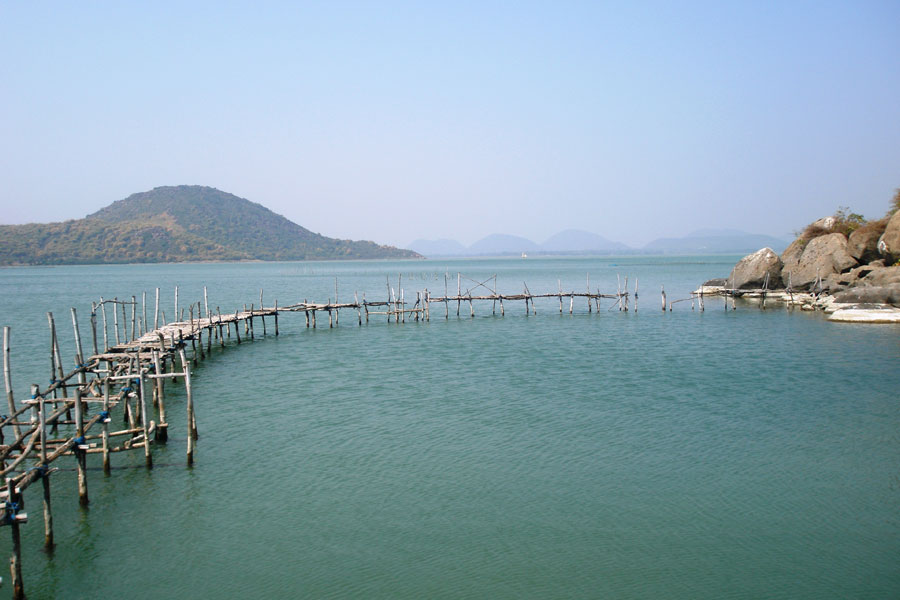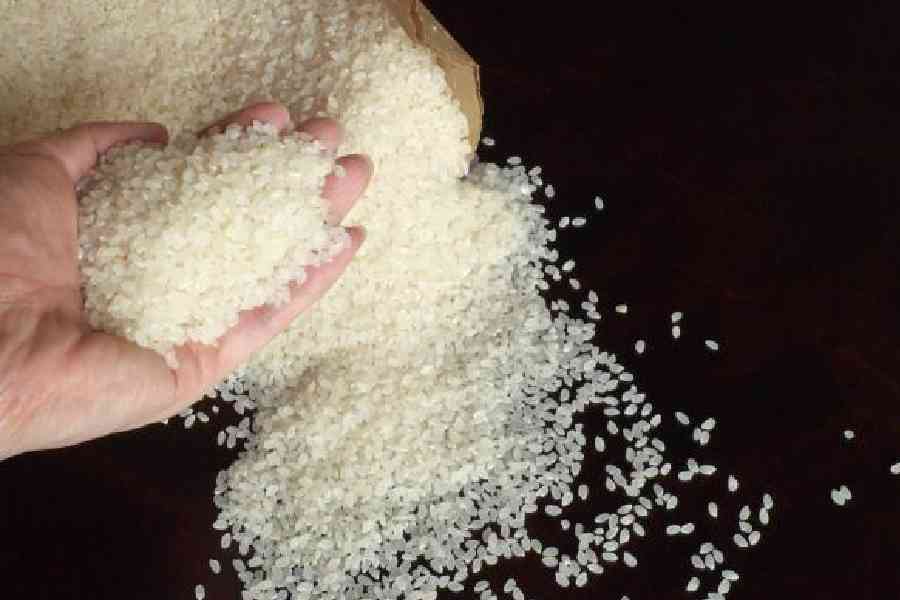He won the Fedeora Award for Best Debut for Asha Jaoar Majhe at the Venice International Film Festival. His second film, Jonaki, premiered at the International Film Festival Rotterdam 2018. And now film-maker Aditya Vikram Sengupta returns to the Venice International Film Festival with his third feature film, Once Upon A Time In Calcutta, which will have its World Premiere at the 78th Venice International Film Festival to be held from September 1-11. It’s the only Indian film in this year’s festival edition and is competing in the Orizzonti section. A candid chat with Aditya...

Aditya Vikram Sengupta Sourced by the correspondent
The title Once Upon A Time In Calcutta has a fairy-tale like ring to it...
I am fascinated by the idea of time. I wanted to give importance to this time in Calcutta which I have lived, which will become a historical time period maybe. This film is about what I have observed over the last eight-10 years. This time will become ‘once upon a time’ also. At the speed the world is moving, everything will become like a fairy tale.
Once Upon A Time In Calcutta (featuring Sreelekha Mitra, Bratya Basu, Satrajit Sarkar, Arindam Ghosh, Anirban Chakrabarti and young debutant Shayak Roy) is a culmination of personal feelings and emotions for the city of Calcutta and its people, especially as it tries to catch up to the rapidly changing world. Leveraging real characters and actual events, the film is my effort to chip away the various layers of the previously communist city to reveal a human condition that is tragic and yet full of hope and joy. The film highlights the aspirations and struggles of people gasping for breath in an ever-expanding metropolis.
You have said that the germ of the idea came to you when you saw a flyover being constructed at the height of the iconic Science City dinosaur more than half a decade back... what was the starting point?
I get a lot of images in my head. The construction of the flyover had started... it was something that we had never seen before. One day I saw that the half-built flyover had reached the level of the dinosaur. That image was very significant for me. It was like a prehistoric thing which can no longer belong... and then the flyover was there. I’m sure one day the flyover will become something that doesn’t belong. How things become insignificant and redundant. You break it down and then the next thing comes along. The whole idea was very moving for me. That image was more philosophical.
Was it also like a clash between the prehistoric and the modern?
Also the idea that we will also become prehistoric in no time. I took a picture of that around 2013 or 2014.
The film follows the life of a bereaved mother trying to desperately find a new identity, love and independence, but soon realises that she is not the only scavenger in a city brimming with hunger. From where does this thread of the storyline come?
A lot of it comes from real life. The fabric of the film is so sprawling and has a greater meaning. The development stage of any film for me happens in the form of dream-like images. Then I get to know when I should start writing it... then I start applying for funds, which takes a whole lot of time. It is a good thing also because it compels you to spend more time with the script. There is a diligent and disciplined process.
Tell us about your writing process...
I am most excited by the writing process. All my dreams are in the writing process, along with the discipline it takes to write. Then shooting is a creative nightmare... the smallest of things can go missing. At the same time it is a fun process in a humanist way. The collaborative process, the interaction is the most enriching part of making a film. You rediscover the film in the editing.
Why is returning to the Venice film fest important for you?
It is extremely important because it is a huge validation... of the path that you are on. It helps you to tell more stories.
The film was shot by cinematographer Gokhan Tiryaki, best known for his work with film-maker Nuri Bilge Ceylan. How did you get him on board?
Since the time I was studying, I had always wanted to work with the biggest of people. I started writing to the movie studios, film-makers. I wrote to Gokhan after watching Once Upon a Time in Anatolia. There was something about the way he had captured characters, the souls of people in that film. There was something I deeply connected with... though my film is tonally completely different from what he has done before.
How did the creative process shape up between the two of you?
The whole script had to be translated into Turkish. As we went along he understood and his English improved. He came with his whole team. We shot for 45 days in Calcutta. Every single person who has worked on the film made it what it is. The production team, the actors have done unbelievable work. The performances are so natural.
How did you zero in on the cast members?
Casting was a long process, it took two years. Sreelekha is an absolutely stunning actor. I don’t think anyone in the country could have played this role but her.
You have directed your father in the film...
It was great fun... it was the one time when he was listening to everything that I was saying. Without asking any questions!
How would you like to remember the film?
The only thing I remember are the people and the time we spent making the film. The kind of things we spoke about... I remember those.










